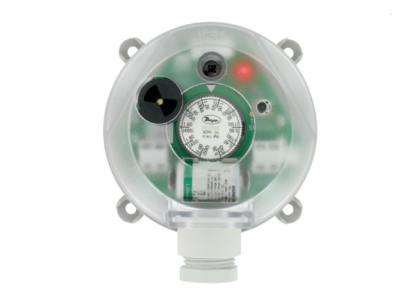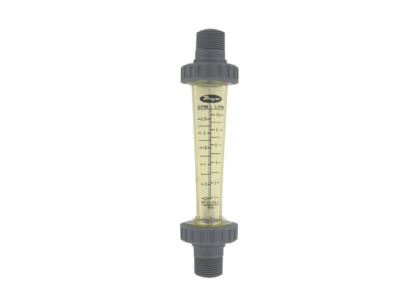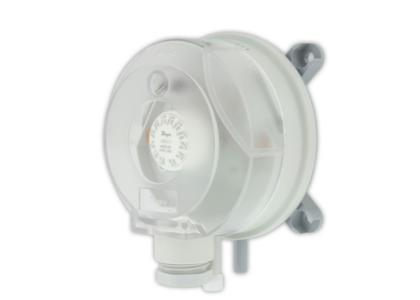Natural disasters can strike at any moment, bringing chaos and disruption to our lives. When these events occur, they often expose vulnerabilities in supply chains, which are the networks that move goods from producers to consumers. However, amidst the panic and confusion, several myths about supply chain disruptions arise. This blog aims to debunk some of these common misconceptions, helping us understand the realities of supply chain management during natural disasters.

Myth 1: Supply Chains Are Always Prepared for Disruptions
One prevalent myth is that supply chains are always equipped to handle disruptions. In reality, many companies operate on tight margins and lean inventories, which means they do not have extensive backup supplies. For example, during Hurricane Katrina in 2005, many businesses faced significant challenges because they had not anticipated such a severe disruption. The hurricane caused an estimated $125 billion in damages and disrupted supply chains across various industries, highlighting that even well-established companies can be caught off guard by natural disasters.
Example in Real Life
Consider a local grocery store that relies on a single supplier for fresh produce. If a flood occurs and disrupts transportation routes, the store may quickly run out of stock, leaving customers frustrated. This scenario illustrates that despite the best intentions, many supply chains are not as resilient as they should be.
Myth 2: Lean Supply Chains Are More Efficient
Another common belief is that lean supply chains, which minimize waste and reduce costs, are inherently more efficient. While this approach can lead to cost savings, it can also create vulnerabilities. Lean systems often lack the buffer stock necessary to absorb shocks from disruptions. When a natural disaster strikes, the absence of redundancy can lead to severe shortages.
Example in Real Life
Take the case of a manufacturer that has streamlined its operations to reduce costs. If a fire breaks out in one of its factories, the company may not have enough spare parts or raw materials on hand to continue production. This can result in delays and lost revenue, demonstrating that a lean supply chain can sometimes be a double-edged sword.
Myth 3: Supply Chain Disruptions Are Rare Events
Many people believe that supply chain disruptions caused by natural disasters are infrequent occurrences. However, this is far from the truth. Natural disasters, such as hurricanes, earthquakes, and wildfires, are becoming more common due to climate change. As a result, businesses need to recognize that disruptions are not just occasional hiccups; they are part of the reality of operating in today’s world.
Example in Real Life
The COVID-19 pandemic is a prime example of how a global crisis can disrupt supply chains on a massive scale. Companies that were unprepared for such an event faced significant challenges, from shortages of essential goods to delays in production. This situation highlighted the importance of contingency planning and the need to adapt to an environment where disruptions are increasingly likely.
Myth 4: Technology Can Solve All Supply Chain Problems
While technology plays a crucial role in modern supply chain management, it is a myth that it can completely eliminate disruptions. Advanced technologies, such as artificial intelligence and automation, can enhance efficiency and predict potential issues, but they cannot prevent natural disasters or geopolitical events from impacting supply chains.
Example in Real Life
Consider a logistics company that uses sophisticated software to track shipments. If a major earthquake occurs, the physical infrastructure may be damaged, rendering the technology useless for a time. This example underscores the need for a balanced approach that combines technology with human expertise and contingency planning.
Myth 5: Local Suppliers Are Always More Reliable
Another misconception is that sourcing from local suppliers guarantees reliability during disruptions. While local suppliers may reduce transportation times, they are not immune to the same natural disasters that affect larger suppliers. A tornado that strikes a town can disrupt local businesses just as easily as it can impact distant manufacturers.
Example in Real Life
Imagine a restaurant that prides itself on using locally sourced ingredients. If a severe storm damages local farms, the restaurant may struggle to obtain fresh produce, forcing it to close temporarily. This situation illustrates that relying solely on local suppliers does not guarantee a steady supply during disasters.




